Note: Matt Young directed the selection of the finalists and wrote most of this text.
We received approximately 60 photographs from 20 photographers. Most of the pictures were excellent. Approximately half represented endangered or invasive species, very loosely defined. We therefore established 3 categories: general, threatened or endangered, and invasive.
Choosing finalists was difficult. We considered what we thought was the scientific and pictorial qualities of the photographs, and also attempted to represent as many photographers and present as much variety as possible. The text was written by the photographers and lightly edited for style.
Here are the finalists in the invasive category. Please look through them before voting for your favorite. We know it is possible to game these polls. Please act like adults and don’t vote more than once. If we believe that the results are invalid, the contest will be canceled. The photos and poll are below the fold.
The Talk Origins Archive Foundation will provide the winner with an autographed copy of Why Evolution Works (and Creationism Fails), by Matt Young and Paul Strode.
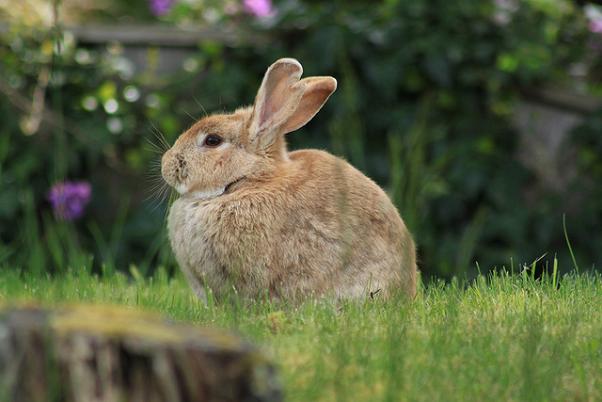
Oryctolagus cuniculus,
European rabbit, Victoria, B.C. by Ken Lord — This species of rabbit was introduced to the area around Victoria British Columbia several decades ago, probably through the release of unwanted pets. Their population has grown enough for them to have become a pest.
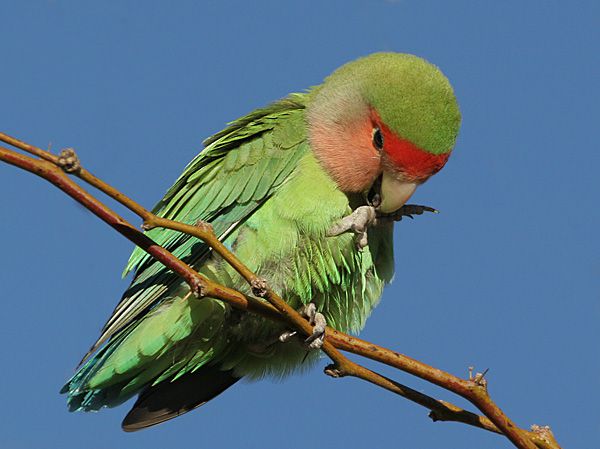
Agapornis roseicollis,
rosy-faced lovebird by Pete Moulton — These have established a large and growing feral population in the Phoenix metro area. The Sonoran desert habitats serve them very well, and they're thriving on a diet composed largely of mesquite beans, and nesting in cavities in the saguaros, or in the spaces under roof tiles.
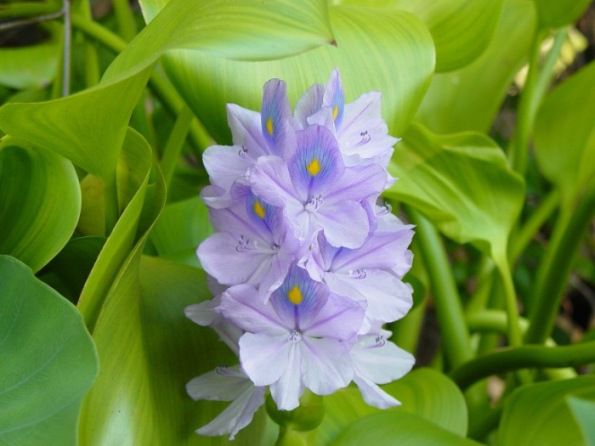
Eichhornia crassipes,
water hyacinth by Bob Riggins — Definitely an invasive species here in South Texas! Clogs up irrigation canals and other waterways. This one is floating in a whiskey barrel which serves as part of my goldfish pond. The water hyacinths are good at filtering water and removing toxic compounds.
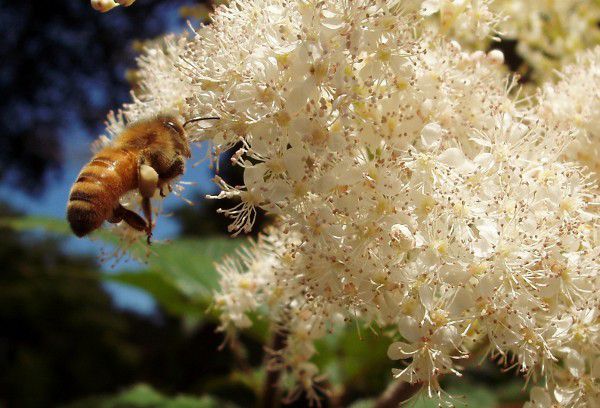
Apis mellifera,
European honeybee, Christchurch Botanic Gardens, New Zealand by Malcolm S. Schongalla — This species was introduced to New Zealand in 1839. It has suffered from worldwide population declines and "colony collapse disorder." This species holds the unlikely honor of being simultaneously invasive, valued, and in peril.

Carabus nemoralis,
European ground beetle, Glendale, New York by Kurt Andreas — A tramp species that recently found its way to my hometown.
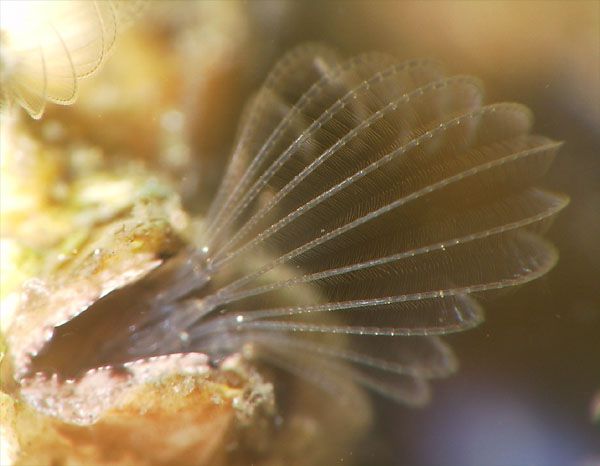
Balanus improvisus,
bay barnacle by Al Denelsbeck — They are now showing up far removed from their originating Atlantic home. Here, I caught detail of the "toes" (cirri) during feeding, with a depth of field estimated at less than 2mm. And of course, Darwin spent no small amount of time working with barnacles and their taxonomy.
Update: Pete Moulton has withdrawn his photograph of the Rosy-Faced Lovebird, and we have removed it from the poll.






